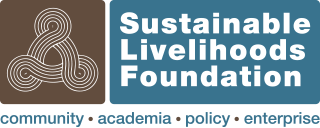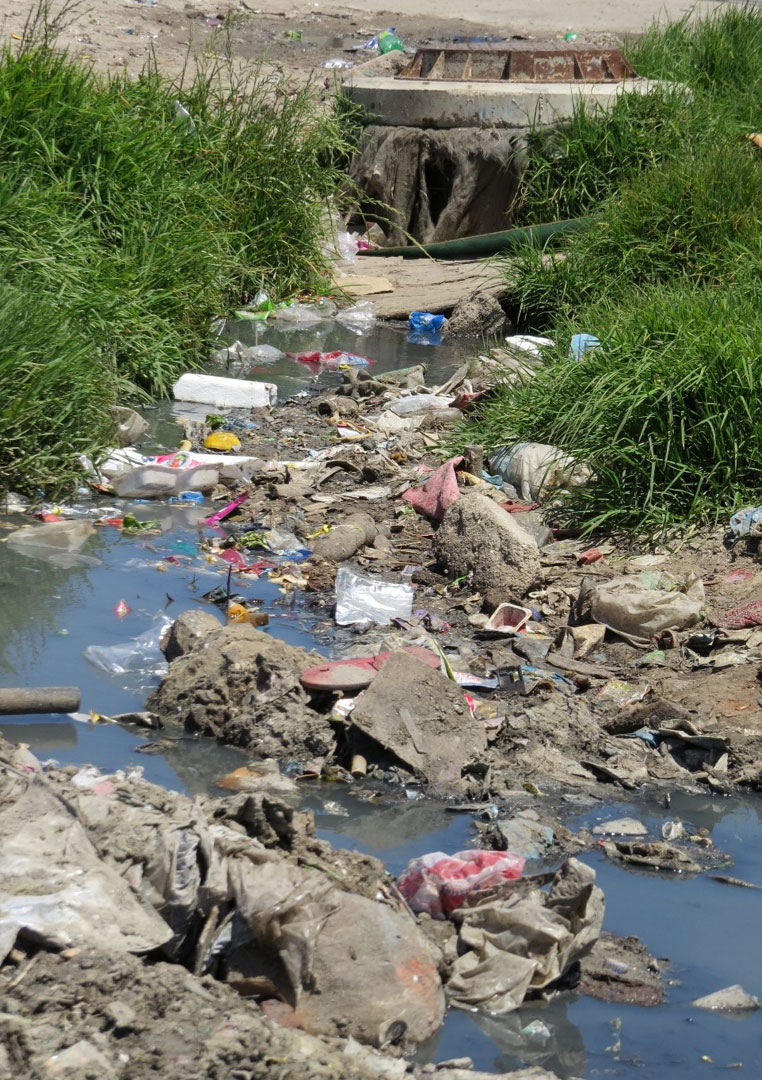This original research article explores how the development of landscape literacies unfolds in an informal settlement permeated with complex risks resulting from intersecting and inter-operating sociohistorical, political and environmental factors. By analysing an assembly of images and accompanying texts produced through a photovoice process undertaken by local co-researchers in Sweet Home Farm, Cape Flats, South Africa, we show that residents are embedded in an ongoing process of embodied place-connectedness that has extensive impact on place-based learning. We suggest that in hazardous, precarious places such as Sweet Home Farm, consciousness of the sociopolitical process of place-making requires the recognition that some places may best be thought of as harmscapes. This encourages us to identify the intersecting harms that inhabitants of such places face. It also directs thinking towards the ways in which resources and governance need to be mobilized in order to assist those who are being harmed; and reminds us that what is really needed is the transformation of harmscapes into ecologically health-giving spaces.

